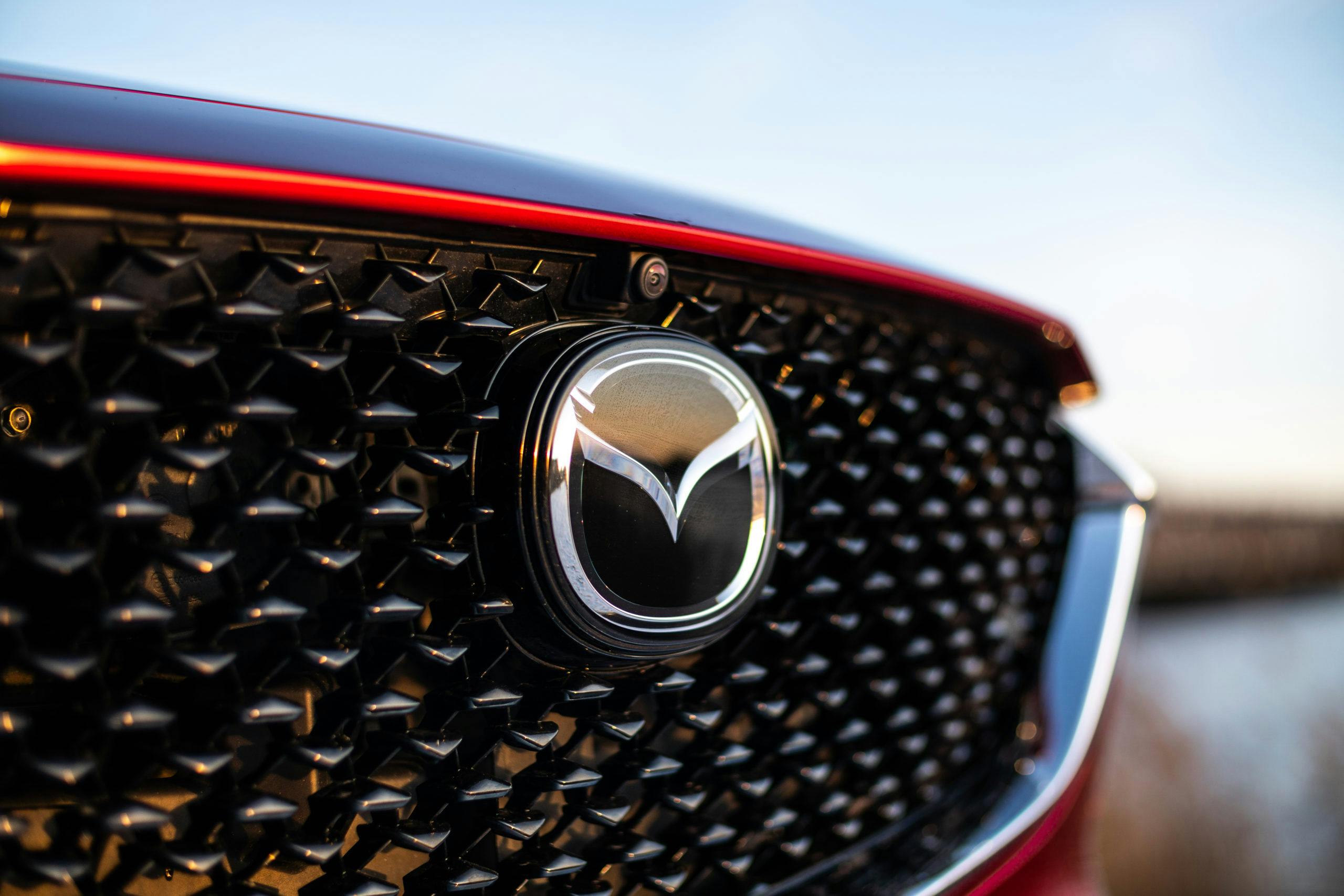Mazda has long been associated with the rotary engine. It was one of its distinguishing technologies when it first appeared on the Cosmo sports car. The engine eventually found its way to several vehicles including the legendary twin-turbocharged FD (fourth generation) RX-7. We last saw the rotary engine in the RX-8, which ended production in 2012. Since then, Mazda has experimented with using the engine in a series hybrid setup. However, it looks like the company is doing more than just that. A Japanese blog called HatenaBlog found a patent from Europe suggesting that Mazda has other plans for the magical spinning Dorito.
This recently registered patent appears to be different from what Mazda has originally planned for its signature engine. Sketches of what looks like a sports car with a coupe body style show an RWD-based configuration. Some of the hybrid components are mounted under the passenger compartment including the battery and inverter. The layout looks similar to what you’d find in the Acura NSX but only in a front-engine setup. That means the engine and electric motors turn the wheels. Based on the patent, the rotary engine is a three-rotor setup because there are three holes for spark plugs. Additionally, there are several electric drive motors, one on each front wheel, effectively giving this an e-AWD setup. It also looks like the car has a transaxle, meaning its gearbox is in the back alongside the differential.
Although this configuration looks viable, this doesn’t mean Mazda will put it into production. It could be a way for the company to safeguard its technologies from the competition. There’s a possibility that this may find its way into a concept car but the chances of it going to production are slim considering how crossover-crazed consumers are. One aspect that stands out with this configuration is that it appears to be a conventional hybrid setup, not a plug-in one.
Mazda’s electrification plans include several plug-in hybrid powertrains based on new four- and six-cylinder engines. These, however, are parallel setups where the electric motor is sandwiched between the engine and transmission. The company is also developing a new eight-speed automatic gearbox. A new rear-drive-based platform is also on the way with the first vehicles utilizing it being the CX-70 and CX-90, the latter of which will replace the current CX-9.
The Mazda CX-70 will slot between the CX-50 and the larger CX-90. It will be a two-row crossover that will be available with a plug-in hybrid version of the upcoming inline-six engine. This powertrain will also be shared with the CX-90, which is a three-row model. Along with the plug-in hybrid system, there will also be a 48-volt version with an integrated starter generator.
Smaller vehicles will continue to utilize the same underpinnings found in the Mazda3 and the upcoming CX-50. Mazda will use a Toyota-sourced hybrid system for its transverse engine models and will be built at the new Huntsville, Alabama manufacturing facility. However, it hasn’t said if it’ll pair it with the in-house-developed Skyactiv-G 2.5-liter four-cylinder or Toyota’s engines. Mazda also hasn’t said if it will use a planetary gear set or its six-speed automatic.
As for the rotary engine, the only vehicle expected to get it is the MX-30. Currently available as a battery-electric vehicle with an EPA-rated range of 100 miles, Mazda’s first electrified model will add a plug-in hybrid variant in the calendar year 2022. Unlike most hybrids available, this one is a serial configuration, meaning the gas engine is only there as a generator. The electric drive motor is the only one powering the rear wheels.
Mazda hasn’t revealed much about the MX-30 PHEV but the word around is that it will likely get a smaller battery than its EV counterpart. However, we suspect that it’ll keep the 35.5-kWh unit and simply add the internal combustion components to extend its driving range by a significant amount, provided the crossover gets a large fuel tank.

